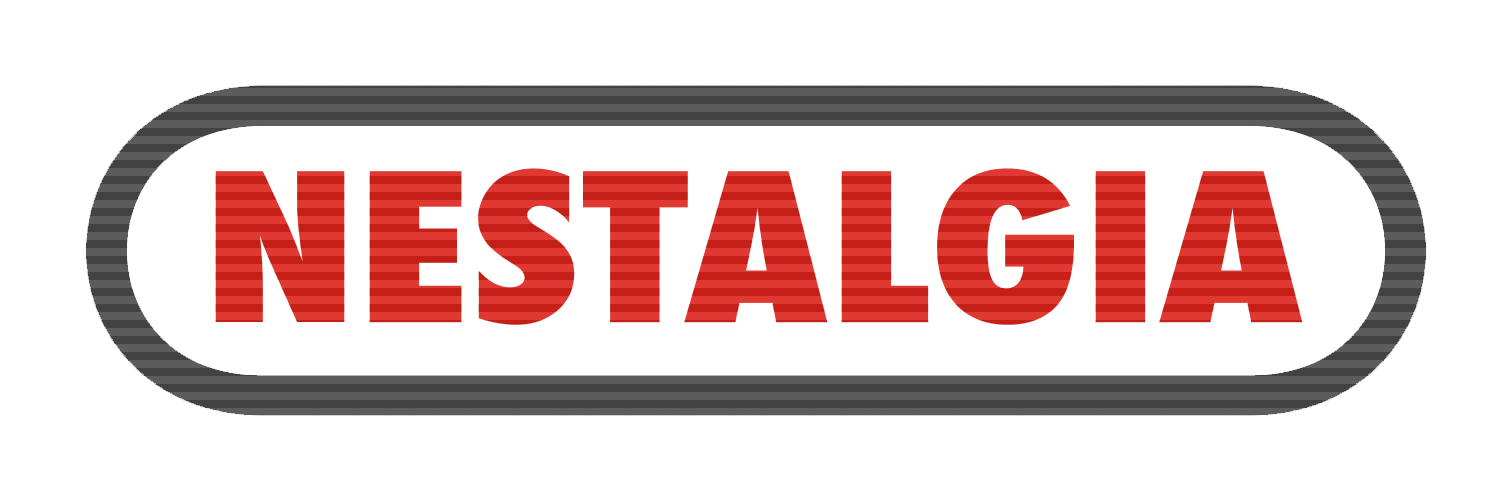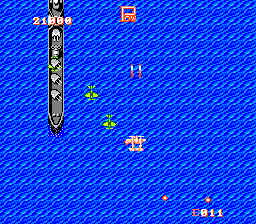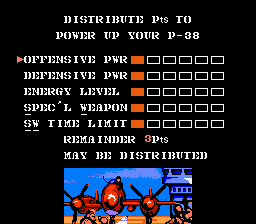How To Enjoy SHMUPs (and 5 different games worth trying)
Just like music and movies, video games are not a one size fits all. There are certain people who cannot get into JRPGs or Sports games, just like there are people who cannot listen to Country or Metal music. SHMUPs are not difficult to understand. You control an object, usually a spacecraft, that moves across an automatic scrolling screen and must shoot and dodge all enemies on screen to make progress. The actual tough part of the genre comes from that simple game play loop. Depending on the controls, amount of enemies, patterns of those enemies, power ups available to you, a SHMUP can be as easy or difficult as the designer wishes.
The problem back in the day was that all video games were designed not to be grandiose in size, but challenging the player and the lives given to them in order to halt progression. Don’t believe me? Try playing any of the games below with infinite lives. You’ll quickly figure out that the immidate death of the player and the loss of progression after all lives are lost is the only part holding back progress. With infinite lives you’ll eventually figure out how to better control your character, dodge enemy attacks and patterns, and which power ups are most useful to you.
However, you don’t need infinite lives to enjoy these SHMUPs, just like you don’t need infinite lives to enjoy Super Mario Bros. The real secret to having fun in SHMUPs is very similar to the hook in roguelikes. How far can I get next time? I love Life Force and Gradius and I’m telling you right now, I’ve never beaten them. Not being able to beat a game doesn’t make me think it’s a bad game. I much enjoy the mechanics and agency video games give you more than any idea of accomplishment or completion of said game. With all that in mind, here are some tips to break into the SHMUP genre.
Don’t Shoot, Dodge!
The genre that is known formally as SHOOT EM UPs may very well be better known as DODGE EM ALLs. This is not advice to disregard your own weapons. This is my way of telling you, that dodging enemy attacks is just as important as defeating enemies. If you’re a player who looks at the entire screen and focuses on where enemies are in order to shoot them, it’s likely you’re not able to similtaneously concentrate on where all enemies and their bullets are also on screen. Put another way, it’s better to focus on where you are on screen, then where enemies are. Since most SHMUPs are one shot kills, you could argue that survival is much better than destruction. I’d rather be focusing on dodging my enemies attacks and shooting blindly at the enemies above me. Some of my shots are bound to hit and even if they don’t, the screen continues to push on and the enemy is likely to disappear. The goal in SHMUPs is to get to the end of the level, not defeat every last enemy.
1943: The Battle of Midway (NES, 1988)
Recognize Enemy Patterns
This is a very important basic skill. Usually memorizing patterns, layouts, and maps in any particular NES game is considered an advanced startegy for speedrunning or those determined to beat a more challenging game. In SHMUPs, not knowing the patterns each enemy or wave of enemies takes is the easiest way to lose. Very few SHMUPs have dozens of enemies so it’s not so much memorizing the patterns and more understanding how each enemy move and attack. Remember, as the player you’re the only one in control of what you do. The enemies are forced to take the same paths each time. Knowing where to be, or even better, where not to be is the biggest advantage you can give yourself on a map.
Think About Spray
Life Force (NES, 1988)
If we spend most of our time dodging enemies and understanding their powers then when should we shoot? The answer, of course, if always. There is probably never a time not to be mashing that button and continuously shooting at the enemies above you. However, where you shoot matters way more than what you shoot. Don’t shoot in a straight line. Don’t target specific enemies (assuming you’re trying to learn the genre). Don’t stop shooting so you can focus elsewhere. Instead, focus on covering as much of the map as you can with your bullets. If you control the bottom half of the screen, and enemies are likely to appear anywhere at the top of the screen then two objectives become clear. Keep control of the bottom half. Anticipate enemies coming from all areas. If you continuously move while shooting, you may not hit every ship, but you’re more likely to hit ships you weren’t anticipating. This tip becomes even more useful when power ups come into play. The larger your weapons spray across the map, the more likely enemies will run into those bullets.
Embrace Death
Even the better SHMUP players will likely tell you that they’re more likely to die in Gradius or 1942 than they are in Super Mario Bros. The point I’m trying to make? Dying in SHMUPs is part of the gameplay. There’s a reason most of them don’t stop progression and restart the level, instead you just re-spawn immediately in the place where you died. Losing a life in most NES games leaves the feeling that you did something wrong, that you as the player need to get better, and most importantly that you’ve lost progress in the game. In this genre, dying is painless, you won’t have your power ups. You might even have to start over. This is how you get better at these games. SHMUPs are not the kind of games you beat. I like to think of them like pinball. You’re playing for a personal high score. In most SHMUPs when you “beat’ the game they just loop you back to the beginning anyway. You shouldn’t be tracking whether or not you complete this games, but your score and how much further you’ve progressed than previous attempts. I recommend keeping a play journal with little stats for the game you’re trying to conquer. It makes a neat souvenir.
5 NES SHMUPs To Try
STAR FORCE
Star Force (NES, 1987)
We’re recommending this one first because it is a super basic introduction to the SHMUP genre. There’s no power ups, only a dozen enemies, and the same gameplay loop between levels. If you want to learn the basics of the techniques we described above this is absolutely the way to give it a shot. It’s not all that interesting, in fact when we reviewed it we considered it a practice mode. Nevertheless, this is the starting point.
1943: The Battle of Midway (NES, 1988)
1943: THE BATTLE OF MIDWAY
Sometimes it’s best to mix a new genre with something you’re more familiar with. In this case, 1943 lets you customize your loadout, focus on what you want to focus on, and potentially upgrade stats similar to what you might expect in an RPG or Adventure game. Being able to choose your loadout can teach you different aspects about the genre. Go all in on attack and try your best to kill everything in sight. Go all in on defense and practice dodging. You get the idea! Also if you’re more interested in World War II than outer space combat, this has that going for it as well.
Gradius (NES, 1986)
GRADIUS
Konami figured out a way to give players control over their spacecraft in Gradius. A feature that very few in the genre would continue to incorporate. Rather than running into power ups, you collect tokens that count towards a power-up system. It’s totally up to you which power ups you want to redeem, when you want to redeem them, and if it’s something like speed, you can also control how fast you want to be. Being able to control the load out of your ship is reason enough to try this one out.
Stinger (NES, 1987)
STINGER
A very odd yet previous take on the SHMUP genre. Levels switch between horizontal and vertical so you can actually get a feel for both in just this one game. The aethetic of the game including the seemingly endless number of zany enemies is a welcome part from the typical alien spacecrafts you’ll find in most NES SHMUPs. And lastly, the power up system here is even weirder to control than in Gradius. Destroying enemies create power up icons that continue to upgrade the more you shoot them. This also causes them to bounce further away creating an interesting juggling mechanic to your power ups. A feature we find helps those who are looking to practice precision.
LIFE FORCE
Life Force (NES, 1988)
Currently our favorite SHMUP on the NES. It polishes almost all of the kinks that Gradius had while continuing to improve it’s agency, design, variety, and controls. Life Force might be rough if you jump into it as your very first SHMUP, but if you follow our show and play these SHMUPs chronoligcally, we feel pretty confident you’ll come to the same conclusions we did. If you feel like sampling before jumping into Life Force you can’t go wrong with the other 4 we suggested here first.








